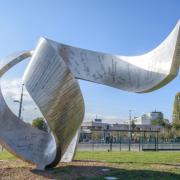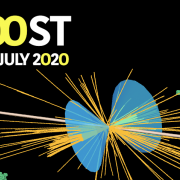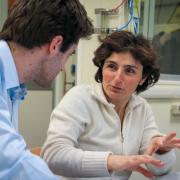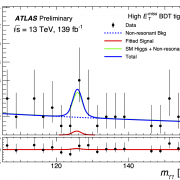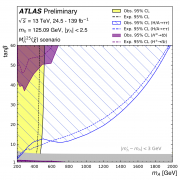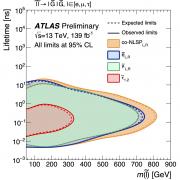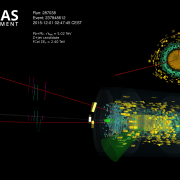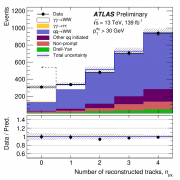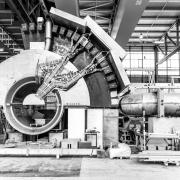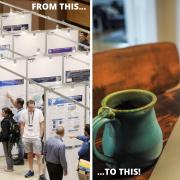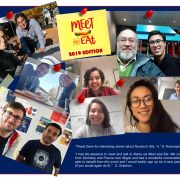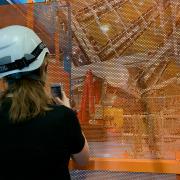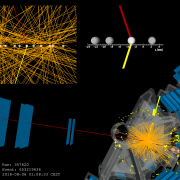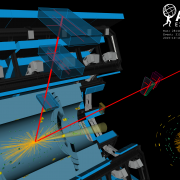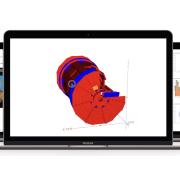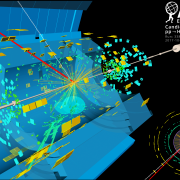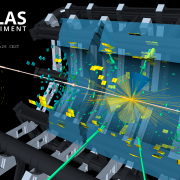Access to Collaboration Site and Physics Results
Updates tagged: “Quark Matter”
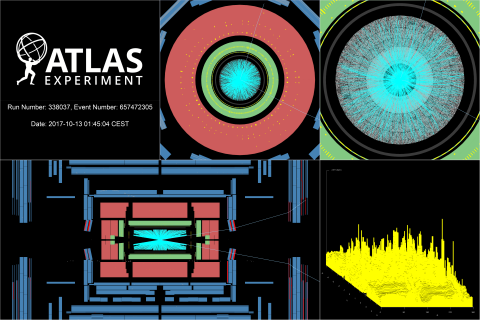
Noble collisions give new insights on heavy ion systems
In October 2017, the ATLAS experiment recorded collisions of xenon nuclei for the first time. While massive compared to a proton, xenon nuclei are smaller than the lead ions typically collided in the LHC. The xenon-xenon collision data, combined with previous results from the analysis of lead-lead collisions, provide the first opportunity to examine heavy ion collisions in a system that is distinctly smaller in size. This allows physicists to study in detail the role of the collision geometry for observables often associated with the quark-gluon plasma.
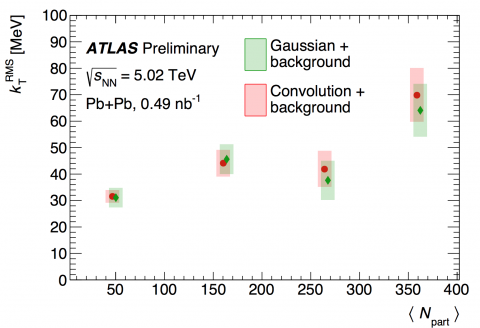
ATLAS studies the quark-gluon plasma using muon pairs produced by two photons
Heavy ion collisions at the Large Hadron Collider (LHC) form a hot, dense medium called the quark-gluon plasma (QGP), in which the primary constituents are thought to be quarks and gluons produced in the initial interactions of the nuclei. Besides typical heavy ion collisions, where the nucleons in the colliding nuclei undergo multiple strong interactions with each other, there is also a class of “ultraperipheral” collisions. In these collisions, the nuclei are far enough apart to miss each other, but the surrounding electromagnetic field of one nucleus is able to interact both with the other nucleus (“photonuclear” interactions) and with the other electromagnetic field (“photon-photon” interactions).
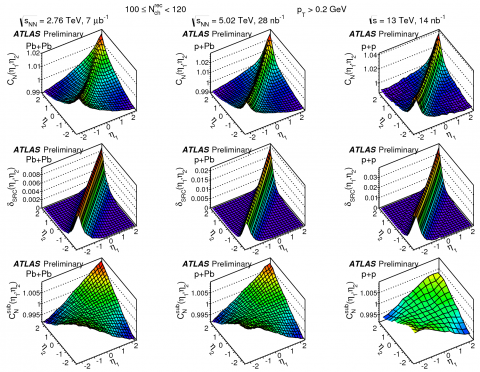
New ATLAS results presented at Quark Matter 2015
Heavy-ion physics is the study of the hot dense medium created shortly after the Big Bang. Physicists examine this medium in three collision systems: lead-lead, proton-lead and proton-proton collisions.
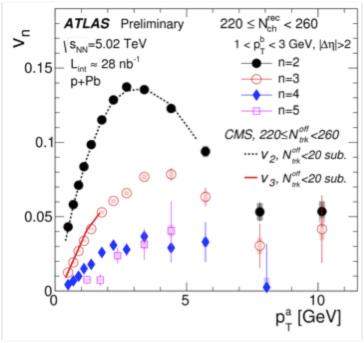
New results from ATLAS at Quark Matter 2014
ATLAS has prepared a variety of new results for the Quark Matter 2014 conference using lead-lead (Pb+Pb) and proton-lead (p+Pb) data collected during Run1.
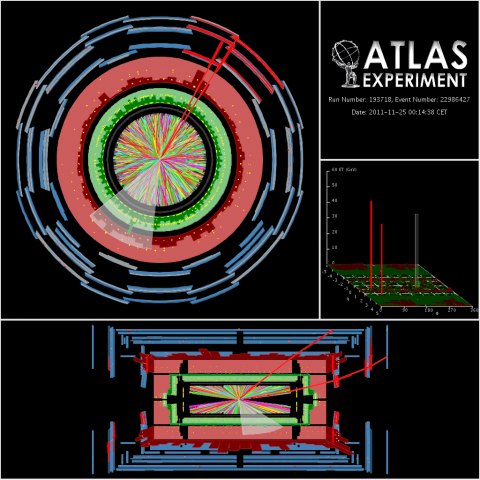
ATLAS Heavy Ion Results Presented at QM 2012 in Washington, D.C.
The Quark Matter conference, which takes place every two years, is this year being organised in Washington, DC, USA on 13-18 August 2012 (QM2012). It will bring together both experimentalists and theorists from all over the world who are studying heavy ion physics at ultra high energies.


